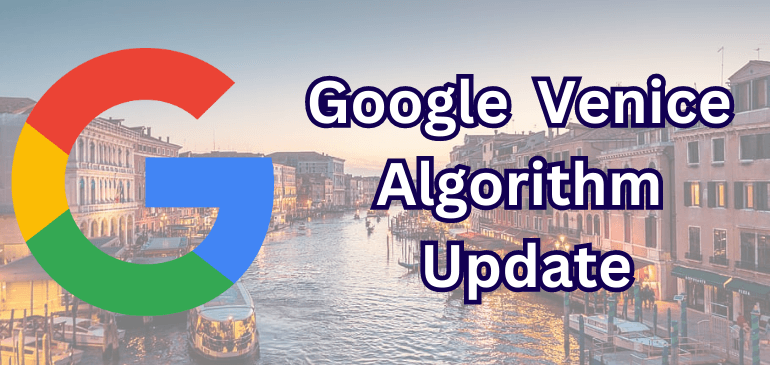
Google's Venice Update, also known as the "Local Search Update", is one of the many factors that Google uses to rank websites in its search results. This update targets websites that show relevant results based on the user's location and query intent. Google's goal is to provide a high-quality user experience and to reward websites that offer local information and services.
Google introduced the first Venice Update on February 27, 2012. It was part of a list of 40 changes that Google made to its search algorithms during that month. The Venice Update improved the triggering of Local Universal results (the map pack and local listings) by relying more on the ranking of the main search results as a signal. It also launched a new system to find results from the user's city more reliably and to detect when both queries and documents are local to the user.
Google rolled out Venice Update to improve the quality of its search results and to provide a better user experience. Google noticed that some queries had a local intent even though they did not include a specific location modifier (such as "near me" or "in town").
A query like "Flowers" or "Vet Shop" could imply that the user is looking for a nearby place to buy flowers or get their pets checked. Google also noticed that some documents had a local relevance even though they did not mention a specific location (such as a local business website or a local news article). Google wanted to match these queries and documents more accurately and to show more localized organic results along with the Local Universal results.
Google also said that this update would not affect websites that do not have a local focus or that target a broader audience. Google encouraged website owners to use its Webmaster Tools (now called Search Console) to set their geographic target and to use schema markup to provide more information about their location and business.
The impact of this update on sites and SEOs at that time varied depending on how much they focused on local search and how well they optimized their websites for local intent. Some websites saw an increase in their rankings and traffic, while others saw a decrease or no change at all. Some examples of websites that were affected by this update are:
Google's Venice Update is still relevant in 2023 for SEOs because it is one of the factors that Google uses to rank websites in its search results. Although Google has not announced any major updates to this algorithm since 2012, it is still running continuously and automatically as part of Google's core algorithm. Therefore, SEOs should still pay attention to their local search optimization and make sure that they provide relevant and useful information for their target audience.
These tips can help you enhance your local search optimization and user experience, which can boost your Google rankings and organic traffic.

It's not every day that a company makes a leap in the SEO world, but when they do, it's a story worth telling. A bustling ....

Recently, Google announced that they are retiring their seven-year-old Web Light webpage transcoding service that....

Google is discontinuing its webpage transcoding service, which was used to speed up sites on sluggish mobile connections.....

Google is constantly innovating and developing new features and services for its users.....

There were three essentials of human life: food, clothing, and shelter, but with the developing world, now one more element has created its own space in the essentials list, i.e., the Internet. ....

Metaverse Technology—Ever heard of it? Yes? Hearing tech CEOs like Satya Nadela and Mark Zuckerberg talk about it ....

Speak with our SEO Company Experts
Give us a Ring, e-Mail, WhatsApp, or Skype.